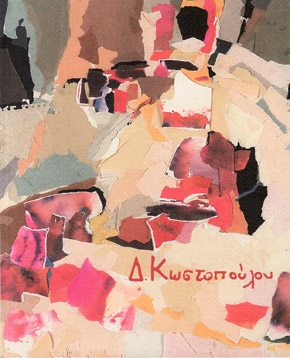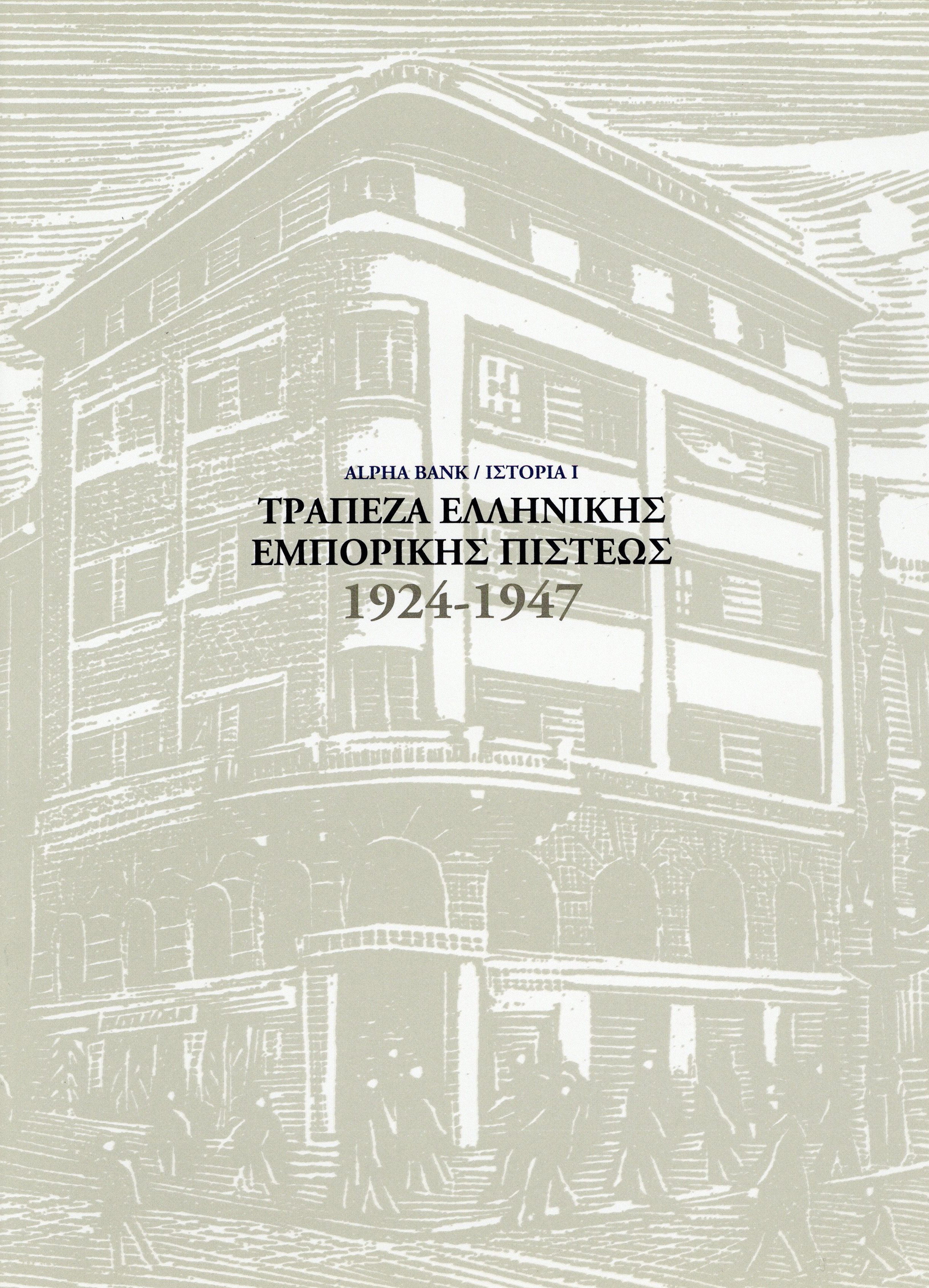Year published: 2011
Myth and Coinage. Representations, Symbolisms and Interpretations from the Greek Mythology

The publication Myth and Coinage. Representations, Symbolisms and Interpretations from the Greek Mythology accompanied the same-titled modular exhibition held at the National Archaeological Museum and the Numismatic Museum in 2011. It showcases the relationship between Greek Mythology and ancient coinage, with photos of coins and selected works of art.
- Edited by: Dimitra Tsangari
- Language: Greek, English
- Year published: 2011
What the publication includes
The publication Myth and Coinage. Representations, Symbolisms and Interpretations from the Greek Mythology is a dialogue between Greek mythology and ancient coinage, from the 7th century BCE.
The publication is divided into 2 parts. Each part focuses on a different aspect of the issue:
- Part A – “National Archaeological Museum. The Image of Myth”.
- Part B – “Numismatic Museum. Use of the Myth”.
The publication presents photos of 276 coins from the Alpha Bank Numismatic Collection, 206 coins, 22 medals and 15 banknotes from the collections of the Numismatic Museum, and 92 works from the collections of the National Archaeological Museum.
The introduction presents the genealogy tree of the mythical figures included in the exhibition.
1 exhibition, 2 museums
The publication accompanied the same-titled modular exhibition “Myth and Coinage. Representations, Symbolisms and Interpretations from the Greek Mythology”, hosted concurrently at the National Archaeological Museum and the Numismatic Museum in 2011.
It presented for the first time in 2 exhibition areas coins from the Alpha Bank Numismatic Collection and the Numismatic Museum, as well as selected works from the collections of the National Archaeological Museum, the National Gallery and the Bank of Greece.
The Image of the Myth
Part A includes an introduction and the following sections:
- The 12 Olympian Gods – The Olympian gods and their symbols, such as the owl of Athena or the thunder of Zeus, adorned the coins of ancient cities and kings.
- Mythical creatures – The griffin, the sphinx, Chimera, Medusa and other creatures with symbolic meaning. As demons, an interim class between gods and men, they were considered guardians of the mortals. In this capacity they would appear on coins, often even replacing the main deity.
- Hercules, the demigod – The greatest hero of Greek mythology is depicted on several coins with various representations.
- Secondary deities – Entities with not as much power as the Olympian gods, but who played a key role in people’s everyday life, such as Asclepius in Epidaurus or Helios in Rhodes.
- Heroes and mythical stories – Representations of mythical heroes and their adventures. This includes the Trojan cycle, Perseus and Medusa, Bellerophon and Pegasus, as well as the Cretan myths.
Use of the Myth
Part B includes an introduction and the following sections:
- Nature and myth – Deified rivers, nymphs, natural phenomena, as well as the goods of the earth, everything is connected to some deity or placed under its protection. They are represented on the coins as references to sources of wealth, local worship and traditions.
- Founding myths – The desire of men to live long and prosper was reflected in the myths attributing the founding of a city to some deity. These mythical founders and their symbols were a common iconographic type.
- The patron deity – Cities often placed their activity and life under the protection of some deity that they represented on coins as their patron deity.
- Local myths and variations – The need for Greek cities to define themselves, forge their identity and promote their differences led to the representations of local myths.
- The myths about the origin of kings / The mythology of Alexander / The identification of rulers as gods and heroes – Rulers used on coins the glamour and power that accompany divine presence. Initially they represented the god-forefather of their dynasty and, later on, their own figures, accompanied by the symbols of their divine ancestors.
- Ancient myths create new myths in Europe / Ancient myths create new myths in Greece – To present the revival of mythological iconographic themes in Europe and Greece in modern times, the publication includes coins and medals with mythological representations. Their aim was to highlight the glorious past or give a mythical aura to significant modern events.
Edited by: Dimitra Tsangari
Authors: Dimitra Tsangari, Nikolaos Kaltsas, Despoina Evgenidou, Panagiotis Tselekas, Stamatoula Makrypodi
Publisher: Alpha Bank
Place and time: Athens, 2011
Dimensions: 30 x 23 cm
Pages: 267
Cover type: Hardcover, Paperback
Greek ISBN: 978-960-93-2765-7 (hardcover)
English ISBN: 978-960-93-2789-3 (hardcover and paperback)





